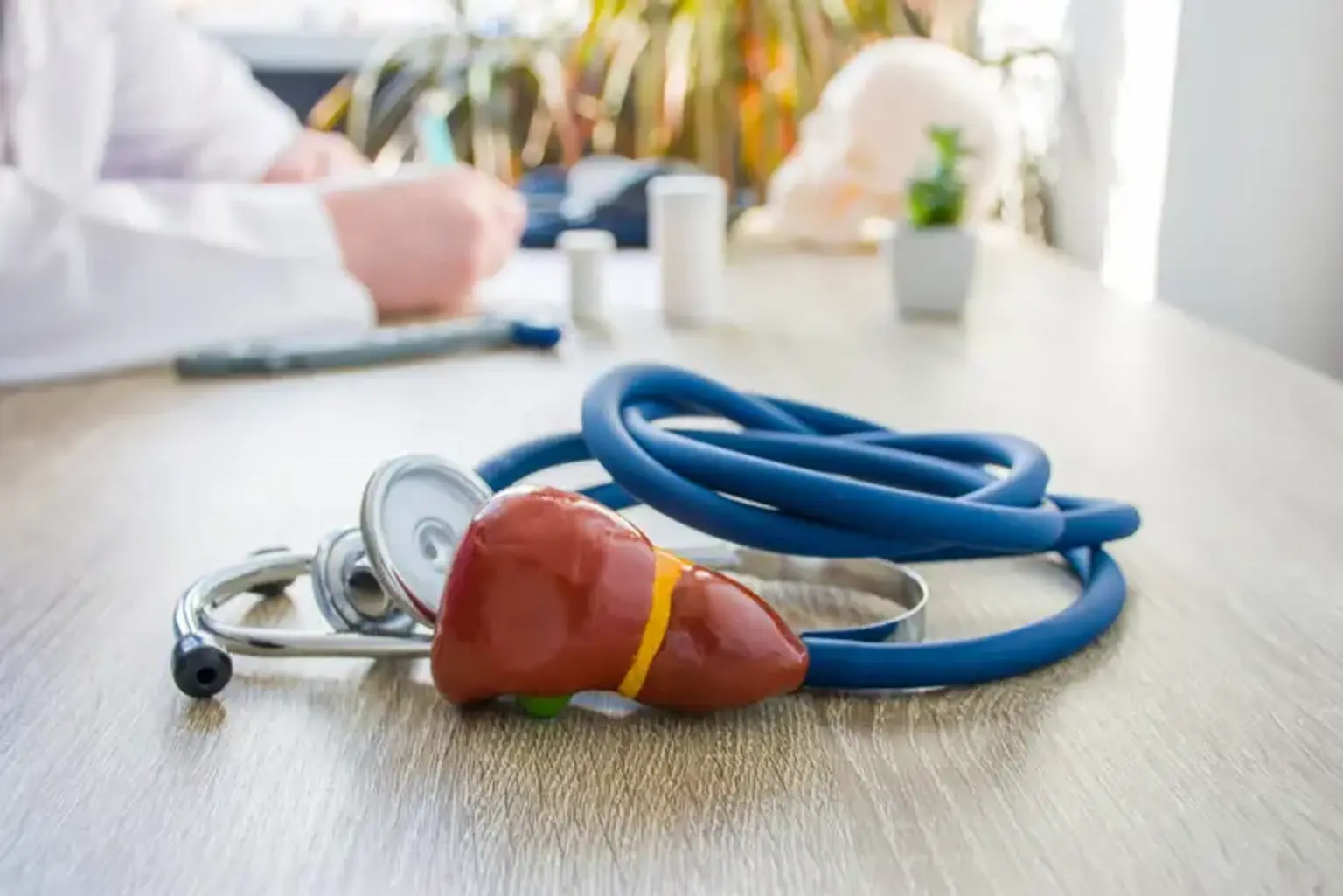Autoimmune Liver Disease
Autoimmune hepatitis (AIH), primary biliary cirrhosis (PBC), and primary sclerosing cholangitis (PSC) are the three main types of autoimmune liver disease. All three of these conditions are well-defined and are diagnosed using a combination of clinical, serologic, and liver pathological findings. Even though these conditions are regarded as autoimmune in nature, their causes and potential environmental triggers are yet unknown. the destruction of small intrahepatic bile ducts and canals of Hering in PBC, the periductal fibrosis and inflammation involving larger bile ducts with variable small duct damage in PSC, and the chronic hepatitis pattern of injury with predominant plasma cells in AIH are the distinctive morphologic patterns of injury. The detection of antimitochondrial antibodies in PBC, anti-nuclear, anti-smooth muscle, and anti-LKM antibodies in AIH, and pANCA in PSC are among the serological results. Even while the majority of autoimmune liver diseases fall clearly into one of these three groups, overlap syndromes, especially AIH with PBC or PSC, can account for up to 10% of cases. Variant syndromes, like antimitochondrial antibody-negative PBC, also happen. Rare are sequential syndromes that change the autoimmune liver disease from one type to another.
